Check out before these deals are gone!
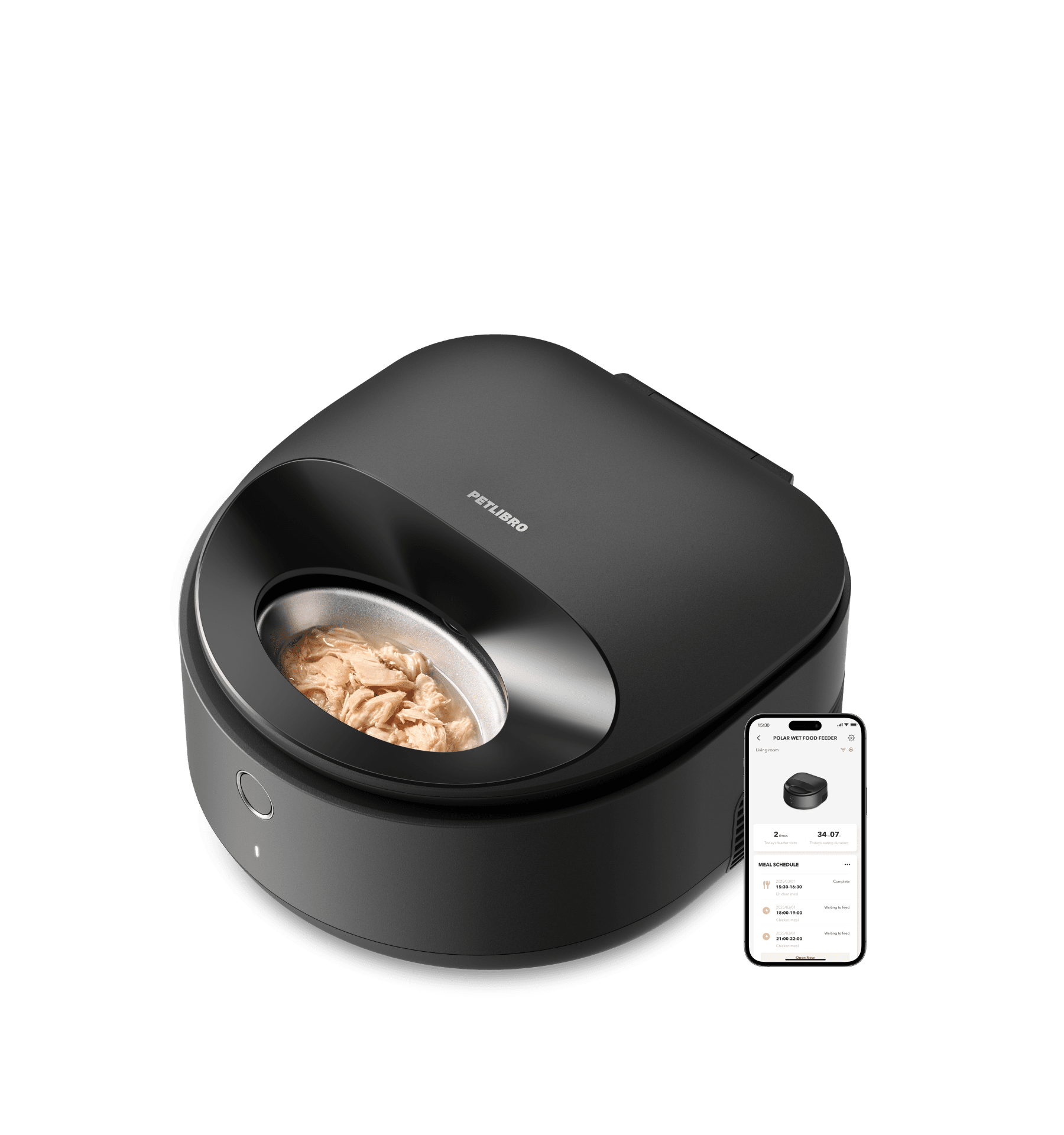
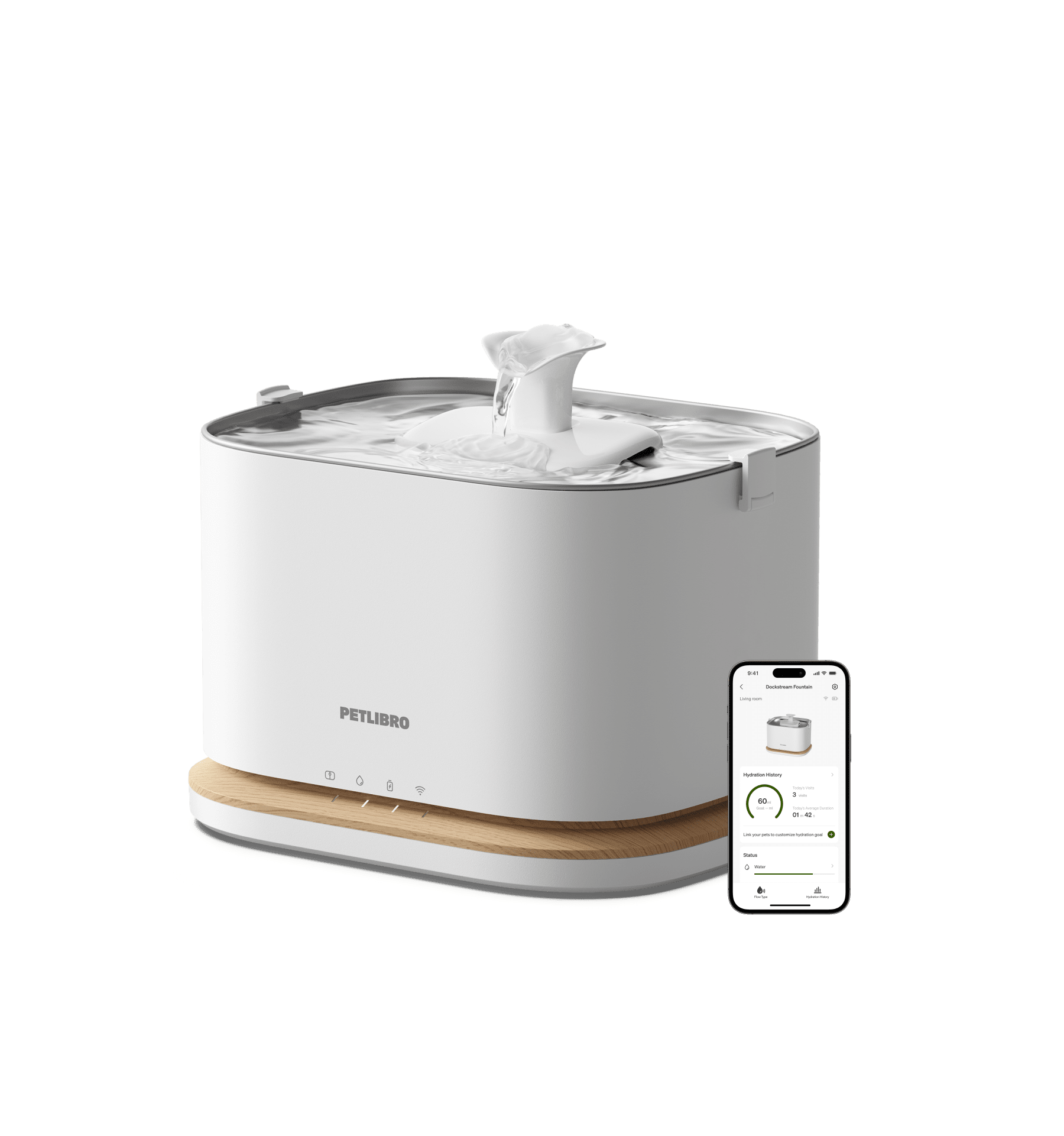
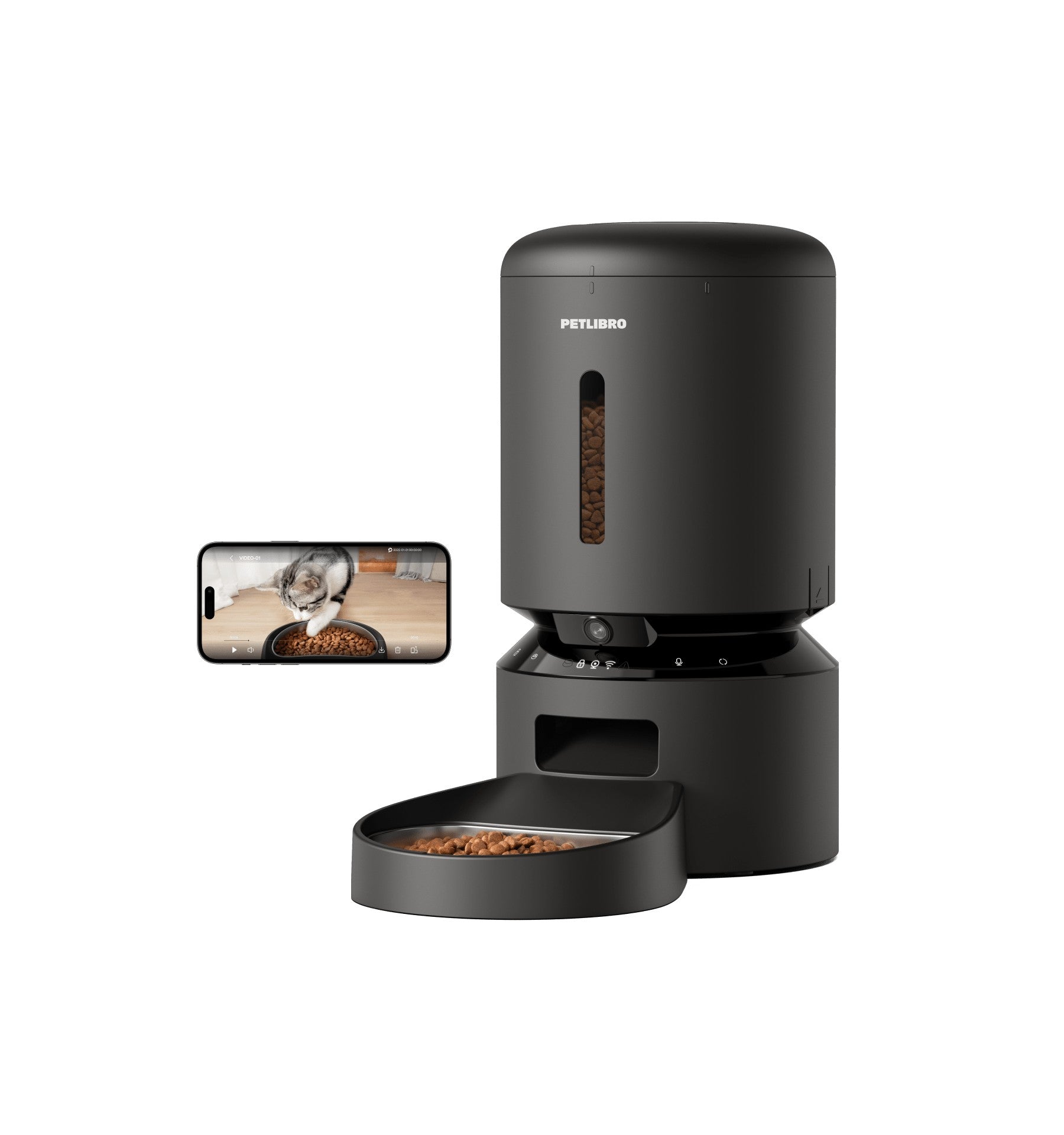
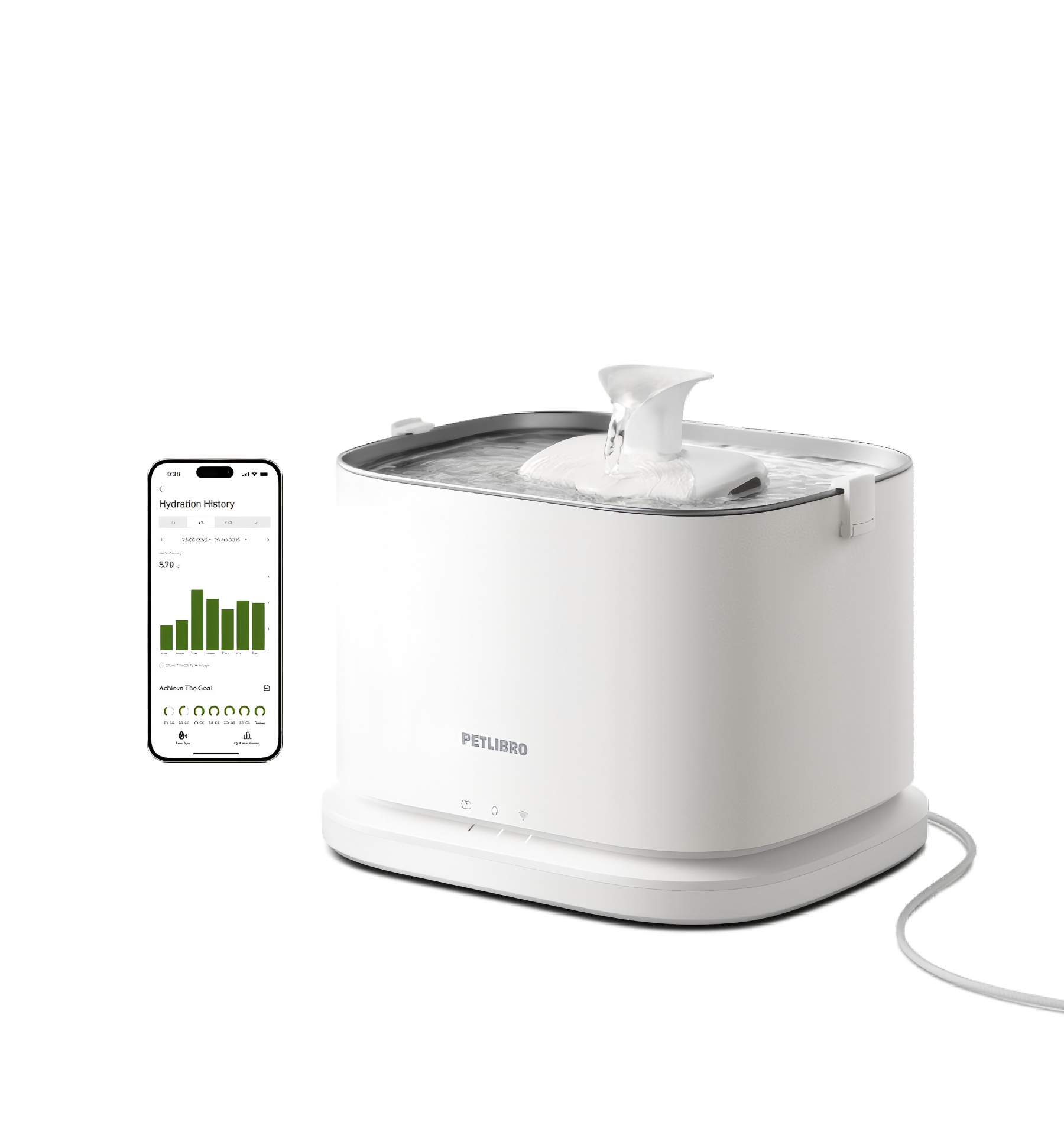
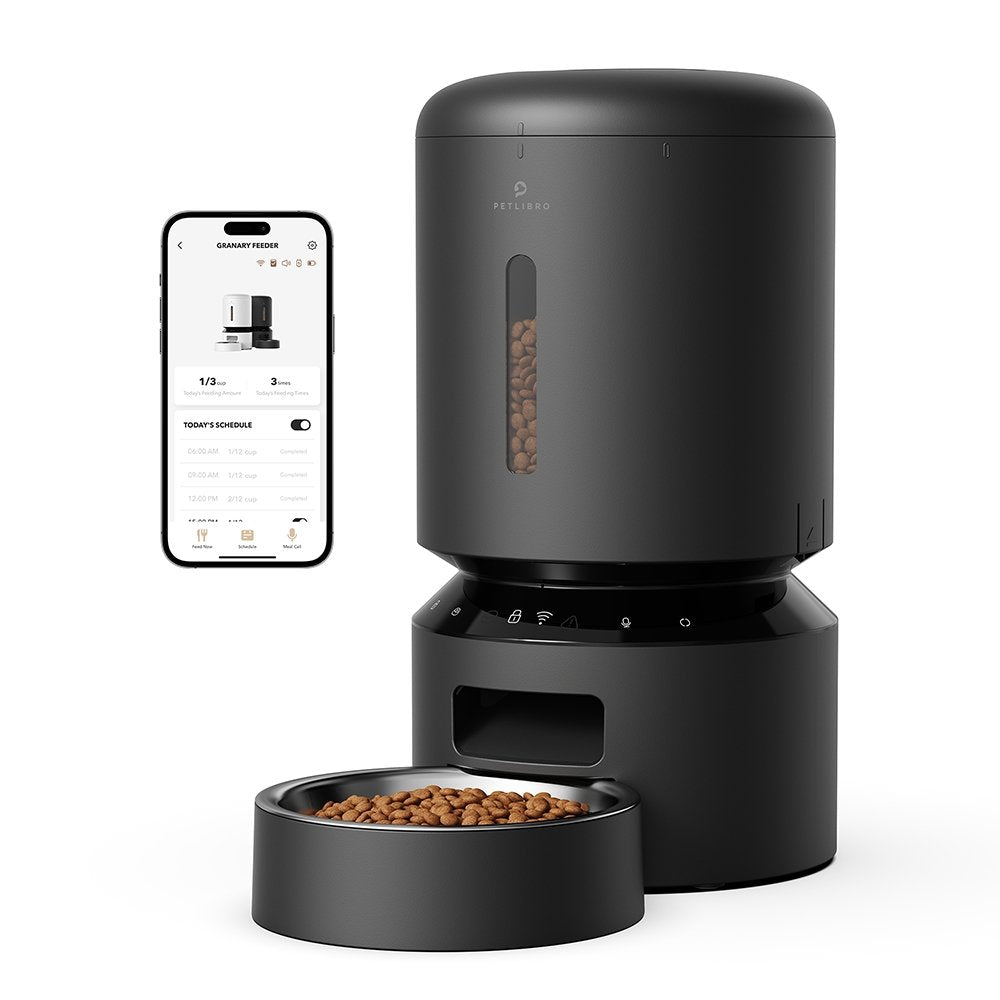
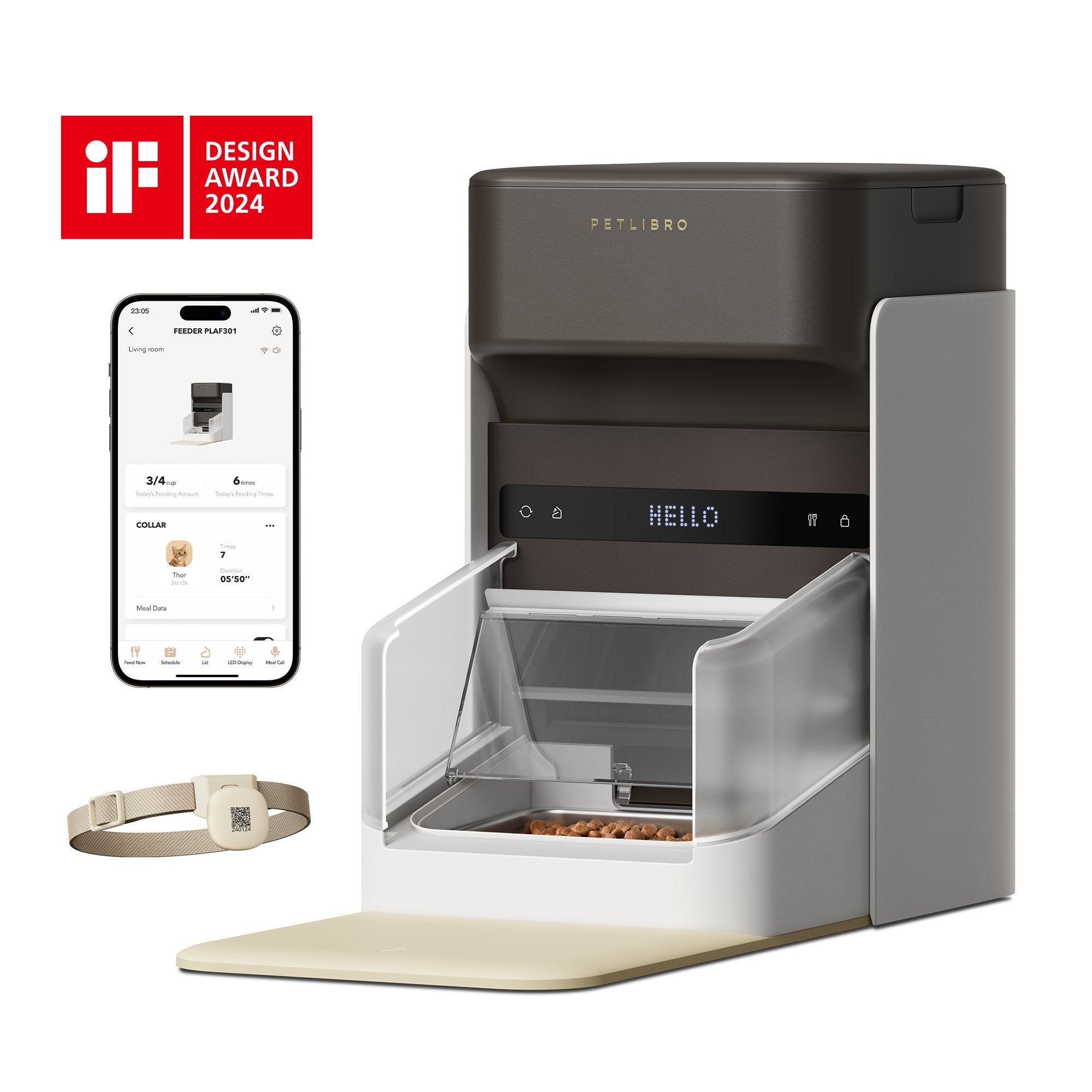
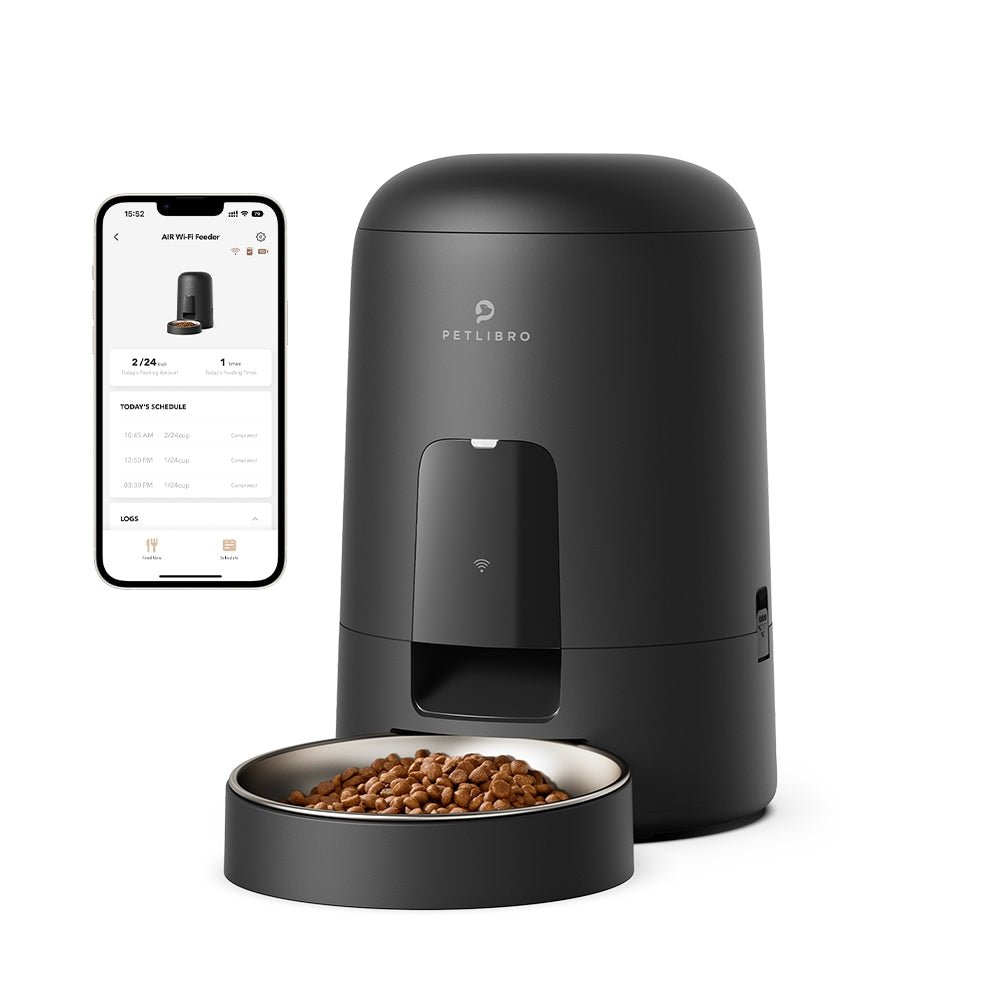


















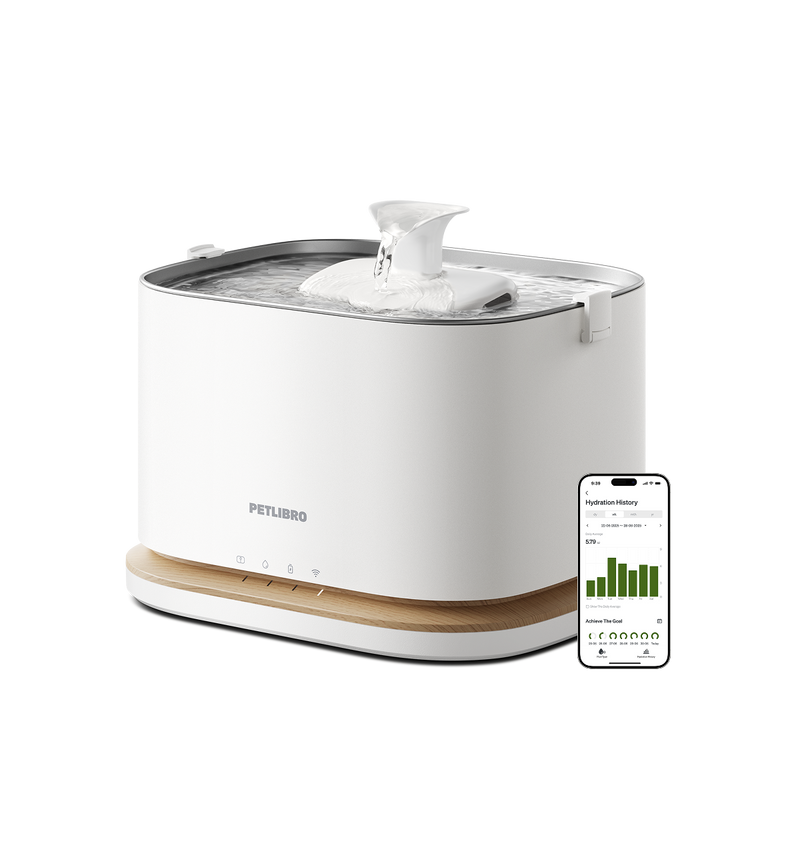
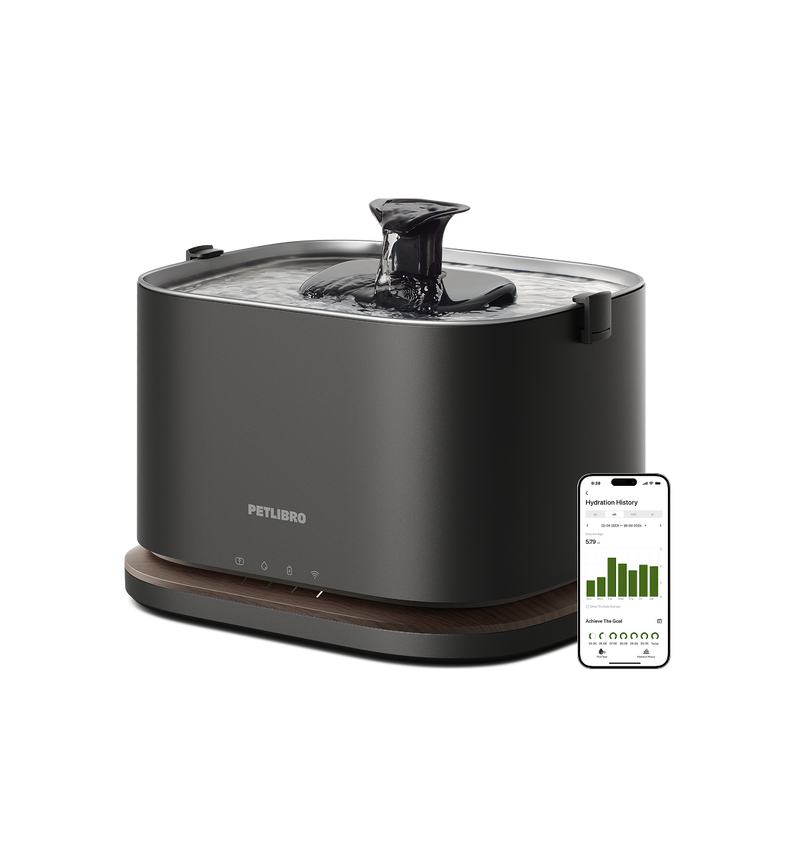
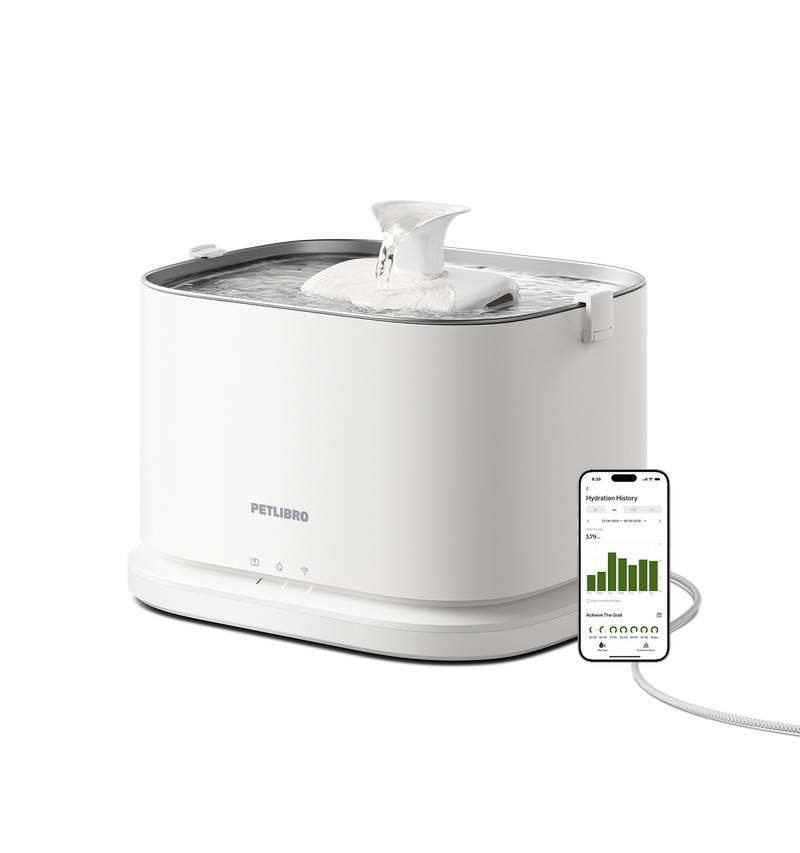
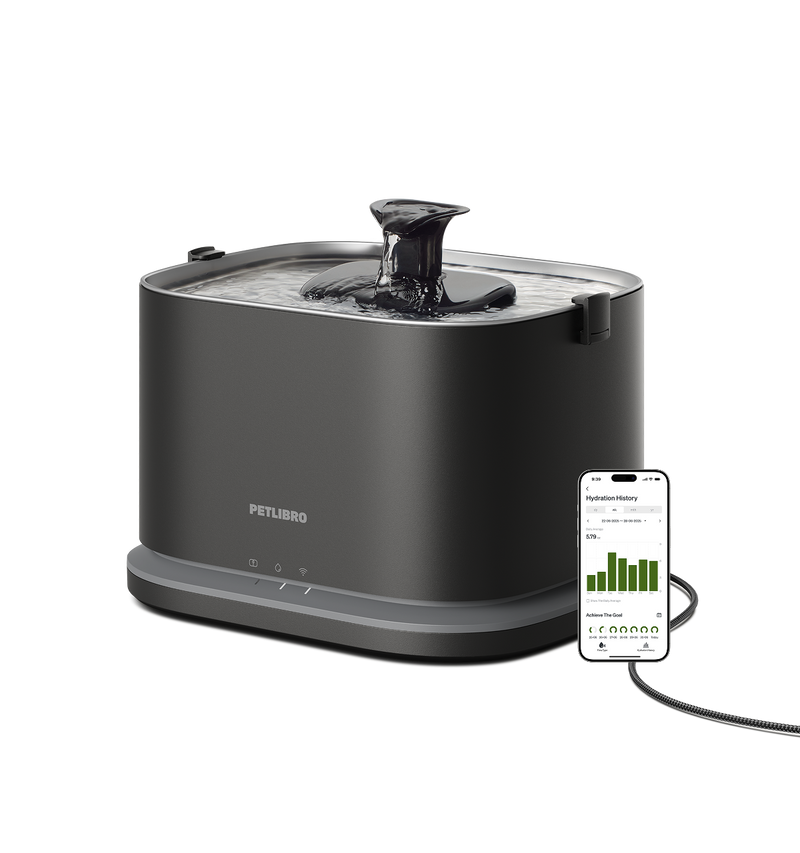










By subscribing, you agree to receive email marketing from Petlibro. Privacy Policy | Terms of Service


*Voucher is non-refundable and only one can be used per order, starting 11/13.


By subscribing, you agree to receive email marketing from Petlibro. Privacy Policy | Terms of Service


Code is valid for 72 hours and can be used for one order only. Code can’t be combined with other codes.
Discounts cannot be used toward new product launches.
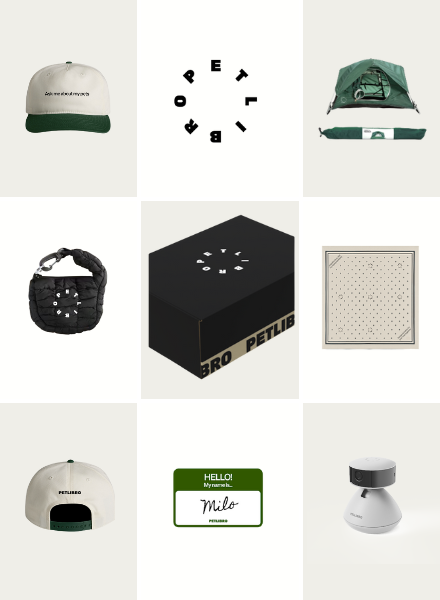
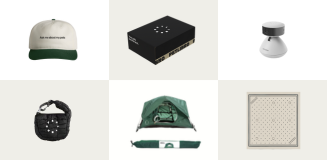
Open to legal U.S. residents, 18 years or older. Void where prohibited. Giveaway begins on 08/26/2025 and ends on 09/15/2025 at midnight PST. Three winners will each receive a limited-edition Petlibro PR Kit, which includes the Scout Smart Camera and select branded merch. Winners will be chosen at random and notified via Instagram or email (depending on entry format) by 09/30/2025. If a winner does not respond within 48 hours, another may be selected. Odds of winning depend on the total number of eligible entries received. Only one email entry per person will be counted, though additional entries may be submitted through the bonus methods described above. Petlibro is not liable for any issues that arise from participation or use of the prize. Personal information will be collected and handled in accordance with our Privacy Policy.


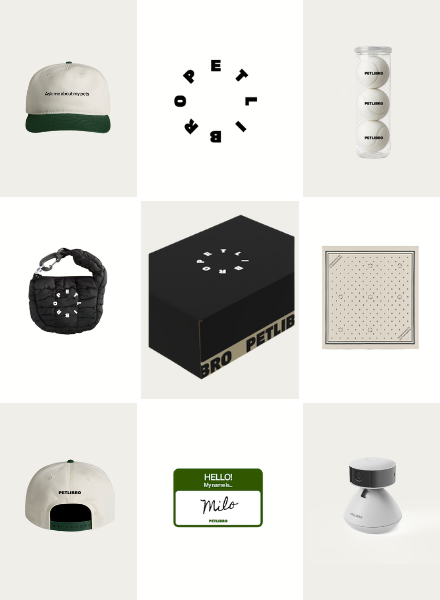
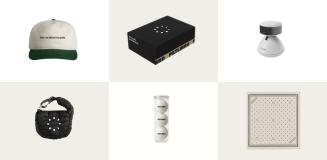
Open to legal U.S. residents, 18 years or older. Void where prohibited. Giveaway begins on 08/26/2025 and ends on 09/15/2025 at midnight PST. Three winners will each receive a limited-edition Petlibro PR Kit, which includes the Scout Smart Camera and select branded merch. Winners will be chosen at random and notified via Instagram or email (depending on entry format) by 09/30/2025. If a winner does not respond within 48 hours, another may be selected. Odds of winning depend on the total number of eligible entries received. Only one email entry per person will be counted, though additional entries may be submitted through the bonus methods described above. Petlibro is not liable for any issues that arise from participation or use of the prize. Personal information will be collected and handled in accordance with our Privacy Policy.


Navigation
If you're planning a trip and wondering whether using an automatic feeder for your cat is a viable option, the answer is a resounding "Yes!" However, before embarking on this journey, it's crucial to focus on a few key factors that will ensure your cat's well-being and happiness take precedence.
This post delves into the realm of automatic feeders, with a specific focus on what you should keep in mind when considering their use during your travel time. Your furry friend's health and contentment should always remain at the forefront of your decisions.
A fundamental aspect of successful automatic feeding is understanding your cat's individual requirements. Just as each cat possesses a unique personality, their nutritional needs vary based on age, activity level, and preferences.
Age Matters: Cats of different age groups have distinct dietary needs. Young kittens, adolescents, and senior cats each demand specific nutrients. Adjust the automatic feeder's schedule to reflect these variations and ensure your cat gets the nourishment they require.
Activity Levels: Is your cat a high-energy explorer or a laid-back lounger? Their activity level directly influences their calorie requirements. Tailor the feeder's portions to match their energy expenditure, preventing underfeeding or overfeeding.
For an active adventure kitty, extra calories are a must! Think of cats constantly hunting, climbing, playing, and burning food much faster. These furry athletes may require around 20- 30% more daily kibble to maintain a healthy weight.
Food Preferences: The type of food your cat enjoys matters when using an automatic feeder. Dry kibble's longevity suits certain feeders, while others are better suited for canned food. Cater to your cat's palate to ensure a fresh and satisfying meal.
Dry kibble is typically the most shelf-stable option, retaining nutritional value for months when stored properly. As a result, it often works best with feeders that divide up the daily portion into multiple meals dispensed hours apart.
Granary Camera Dual Food Tray ($139.99)
Look for a feeder with compartments that hold individual meal-sized cans. Fill and set up each compartment right before you leave to ensure the freshest food for your furry friend. When you return home, immediately replace any remaining wet food to maximize its freshness.
How long you'll be away impacts the best pet care solution for your furry friend.
For short absences under a week, a high-quality feeder filled to the brim with food and water is likely sufficient. Most devices can reliably manage portions and schedules for 3-5 days before requiring refills.
However, for trips extending beyond a week, or involving unforeseen delays, an automatic feeder reaches the limit of its usefulness. Cats still need company, supervision, and stimulus that technology can't replace for long periods.
Dockstream Battery-Operated Water Fountain ($69.99)
Selecting the right automatic feeder involves more than just browsing options. Keep these factors in mind to ensure a seamless experience:
Portion Control: Look for a feeder that allows you to set precise portions for each meal based on your cat's weight, age, and activity level. A feeder with adjustable portion sizes and multiple pet profiles is ideal.
Schedule Flexibility: Choose a feeder that offers scheduling flexibility. Setting multiple meals throughout the day and customizing feeding times is key to catering to your cat's preferences and lifestyle demands.
Food Compatibility: Ensure the feeder can accommodate your cat's preferred food type — wet or dry. Some models have separate compartments for each, while others feature interchangeable food bowls.
Ease of Use: An intuitive, user-friendly design is important for easily setting up and programming the feeder. Check online reviews to determine how straightforward the feeder is to operate.
Additional Features: While not essential, features like automatic cleaning, battery backup, and remote monitoring via WiFi can enhance convenience.
In conclusion, while an automatic feeder can be indispensable when you leave your cat alone for a week, ensuring your feline companion's needs are met requires thorough preparation and consideration.
From choosing the right feeder to accounting for your cat's nutritional requirements, activity levels, and appropriate food supply, the key is careful planning and a desire, above all, to provide for your curious kitty's welfare during your absence. With diligence and the right technology, this endeavor can certainly work for both cat and cat parents alike.
Armed with these considerations, start researching top-rated automatic cat feeders. Read reviews, compare features, and consult a vet to determine the best match. Then, test-run the feeder with your cat's actual food to work out any kinks before you need it for real.